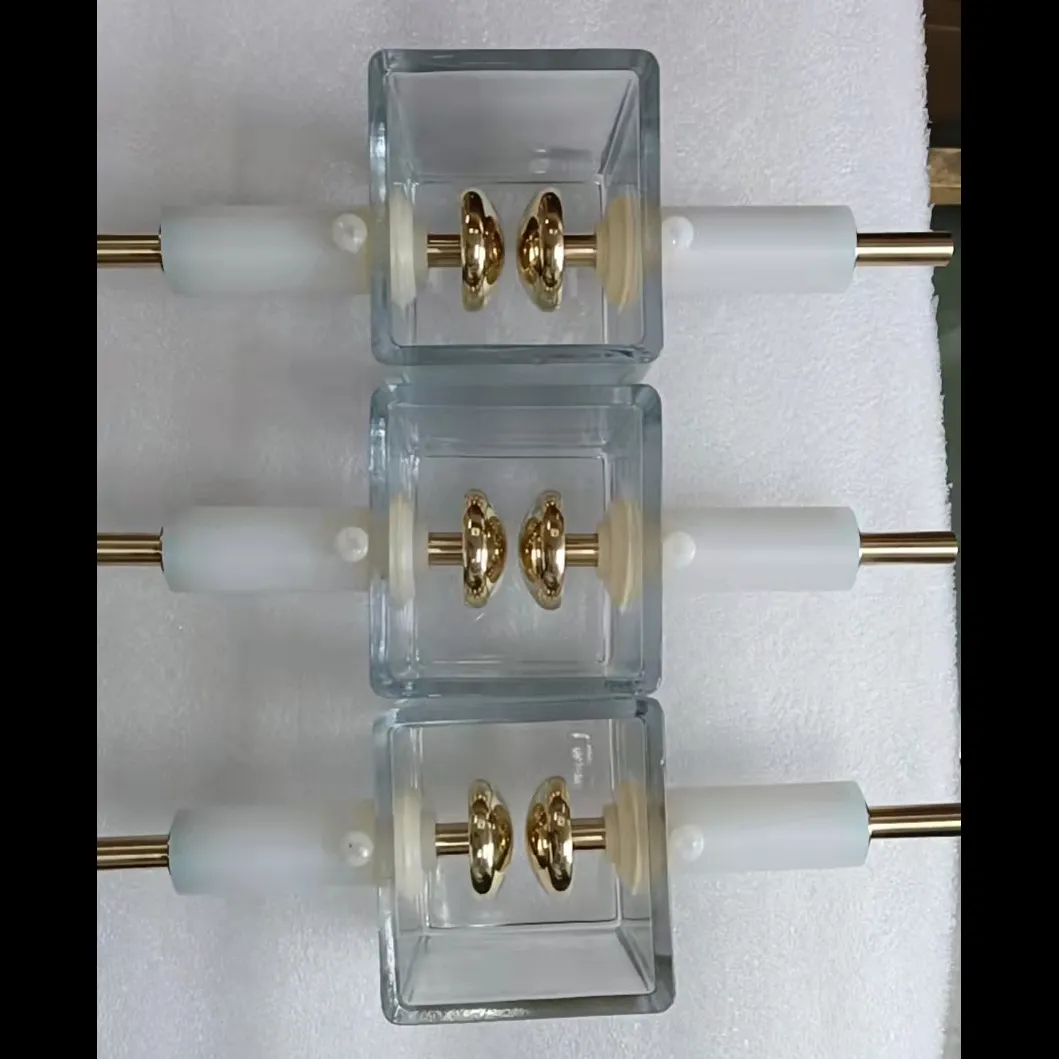 English
English


earth fault loop tester
Understanding Earth Fault Loop Testers Importance and Usage
In the realm of electrical safety, ensuring that installations are compliant with established regulations and standards is imperative. One of the key tools used to assess the integrity of electrical systems is the Earth Fault Loop Tester. This instrument plays a crucial role in the overall safety of electrical installations, particularly in ensuring that the earthing system is functioning correctly to prevent electric shocks and equipment damage.
What is an Earth Fault Loop Tester?
An Earth Fault Loop Tester is a specialized device designed to measure the impedance of the earth fault loop. The term earth fault loop refers to the path that electrical current would take to the ground in the event of a fault, such as a short circuit. By measuring the resistance of this loop, the tester provides vital information on the effectiveness of an electrical installation's earthing system, ensuring that it can adequately conduct fault currents back to earth.
Why is it Important?
Safety is paramount when dealing with electrical installations. Faulty earthing can lead to dangerous situations, such as electric shocks, fires, and equipment damage. An Earth Fault Loop Tester is crucial in assessing various aspects of electrical installations, including
1. Verification of Earth Resistance The tester helps ensure that the ground connection is secure. A poor earth connection can lead to high resistance, which may result in inadequate fault current flow.
2. Compliance with Regulations Many regulatory standards require periodic testing of electrical installations. Earth Fault Loop Testers help technicians ensure that installations meet these criteria.
3. Enabling Quick Fault Identification By measuring the loop impedance, electricians can quickly ascertain whether any issues exist in the earth connection, allowing for prompt rectification.
4. Ensuring System Performance Regular testing can help maintain the efficiency of electrical systems, prolonging the life of equipment and minimizing downtime.
earth fault loop tester

How to Use an Earth Fault Loop Tester?
Using an Earth Fault Loop Tester is generally straightforward. Here’s a simple step-by-step process
1. Preparation Before testing, ensure that all the necessary safety precautions are taken. Confirm that the area is safe to work in and that personal protective equipment (PPE) is worn.
2. Connecting the Tester Connect the tester to the circuit being measured. This typically involves attaching probes to the live and earth terminals of the circuit.
3. Initiating the Test Follow the manufacturer’s instructions to begin the test process. The tester will usually send a small current through the loop and measure the resultant voltage drop.
4. Interpreting Results The device will provide readings of the loop impedance. These values can be compared to the recommended standards to determine if the installation is safe.
5. Documenting Findings It is crucial to document the results of the test for future reference and compliance with regulations.
Conclusion
The Earth Fault Loop Tester is an invaluable tool in ensuring electrical safety and system integrity. Regular testing with this device not only enhances safety but also aids in compliance with electrical regulations, ultimately contributing to a safer environment for both people and equipment. In an age where electrical systems are becoming increasingly complex, relying on effective testing tools like the Earth Fault Loop Tester is more important than ever.
-
Differences between open cup flash point tester and closed cup flash point testerNewsOct.31,2024
-
The Reliable Load Tap ChangerNewsOct.23,2024
-
The Essential Guide to Hipot TestersNewsOct.23,2024
-
The Digital Insulation TesterNewsOct.23,2024
-
The Best Earth Loop Impedance Tester for SaleNewsOct.23,2024
-
Tan Delta Tester--The Essential Tool for Electrical Insulation TestingNewsOct.23,2024





